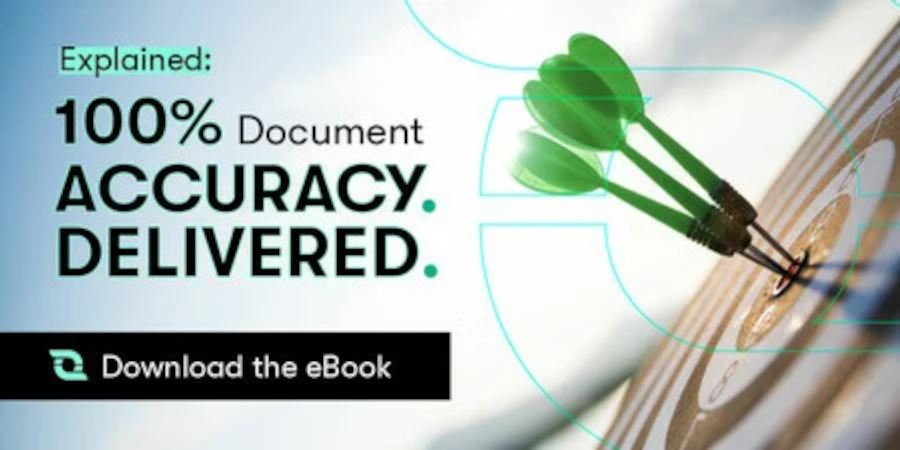ML OCR
Effortlessly extract text with unparalleled precision and lightning-fast speed. With ML OCR, you’ll streamline workflows, boost accuracy, and dominate the processing of diverse document types. From invoices to contracts, ML OCR’s cutting-edge machine learning algorithms adapt flawlessly to any layout, font, or language. Experience the transformativ e power of ML OCR and unlock a new era of accurate text extraction.













.png)
















